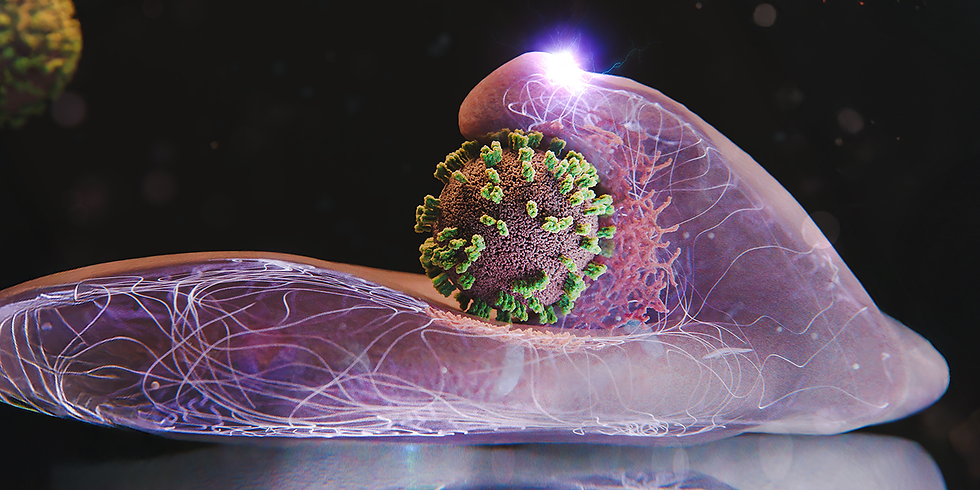Research reduces animal use in gene editing
- Gege Li
- Oct 2, 2023
- 1 min read

An innovative gene editing process can reduce the number of animal experiments needed to study complex genetic diseases, according to Swiss research.
As some genetic diseases are caused by more than one type of gene, it can be difficult for researchers to work out the extent to which specific genes are involved in a disease. This means researchers will need to use gene editing to deactivate or remove a specific gene to investigate the effect, which means having to use multiple animals.
However, with the new method, devised by a team at ETH Zurich and the University of Geneva, the researchers infected mice with viruses that each carry different ‘instructions’ for switching off a specific gene using the CRISPR-Cas technique. This then allowed them to switch off different genes in the cells of the same organ (in this case, the brain).
The team were then able to identify three genes in mouse brain cells that play a major role in the rare genetic disorder, 22q11.2 deletion syndrome.
António Santinha, at ETH Zurich, said: “If we know which genes in a disease have abnormal activity, we can try to develop drugs that compensate for that abnormality.”



